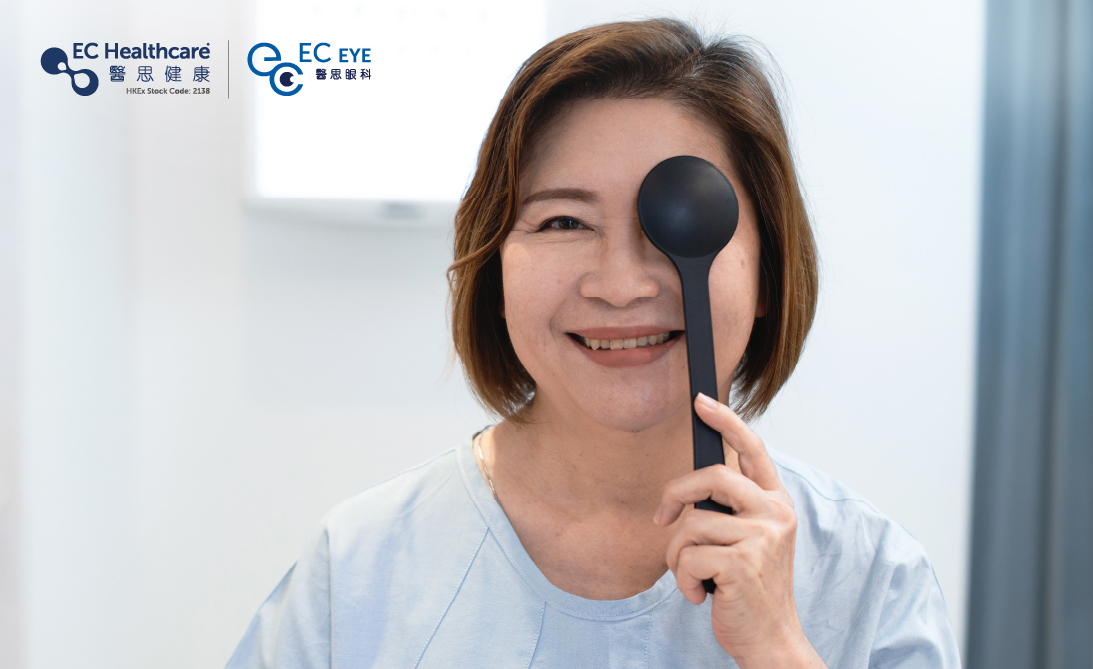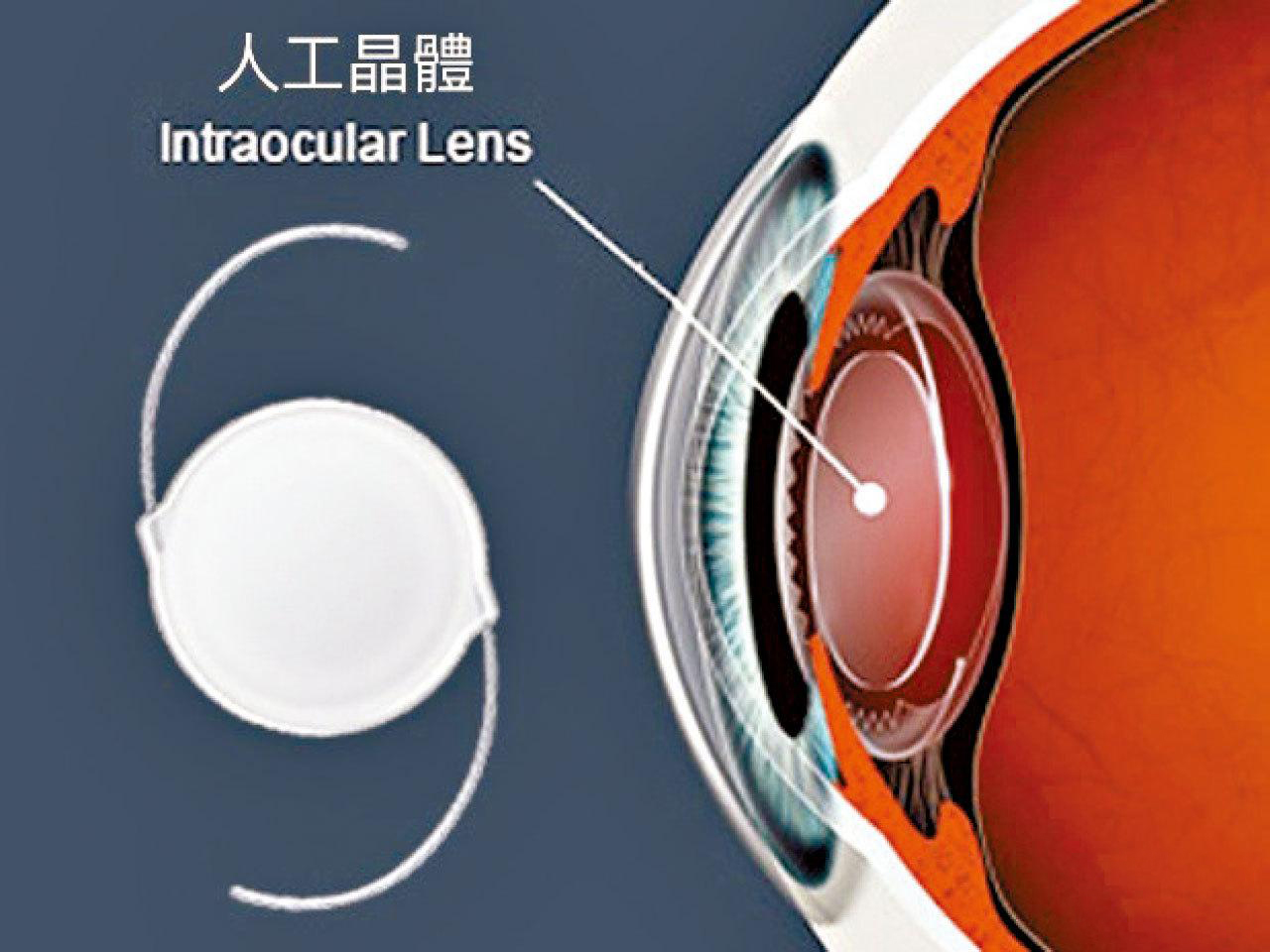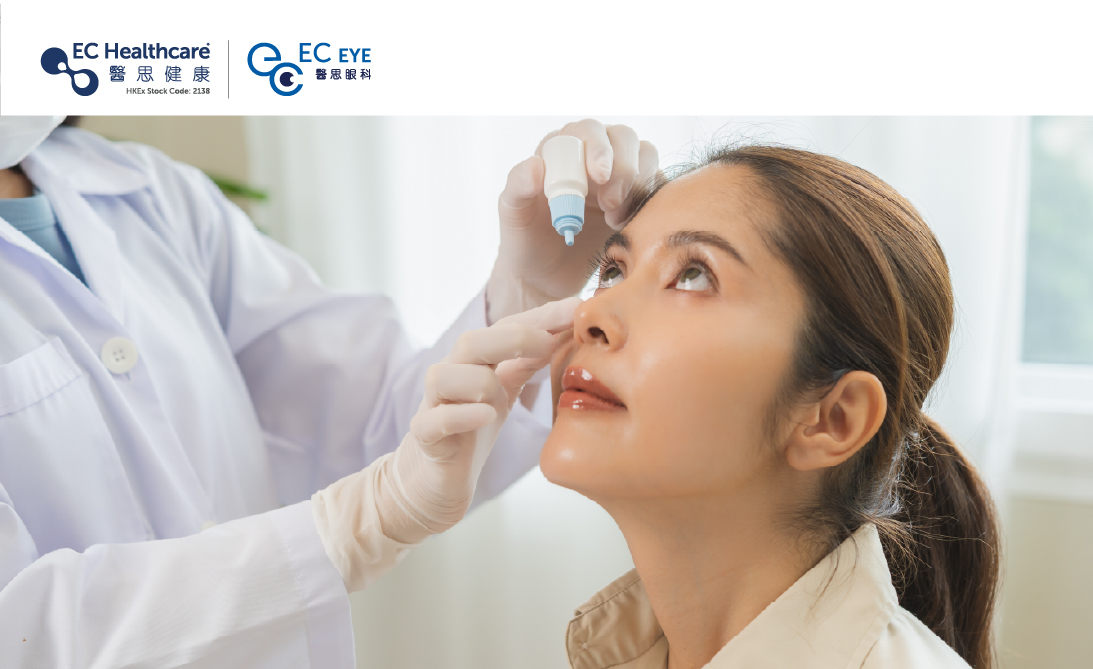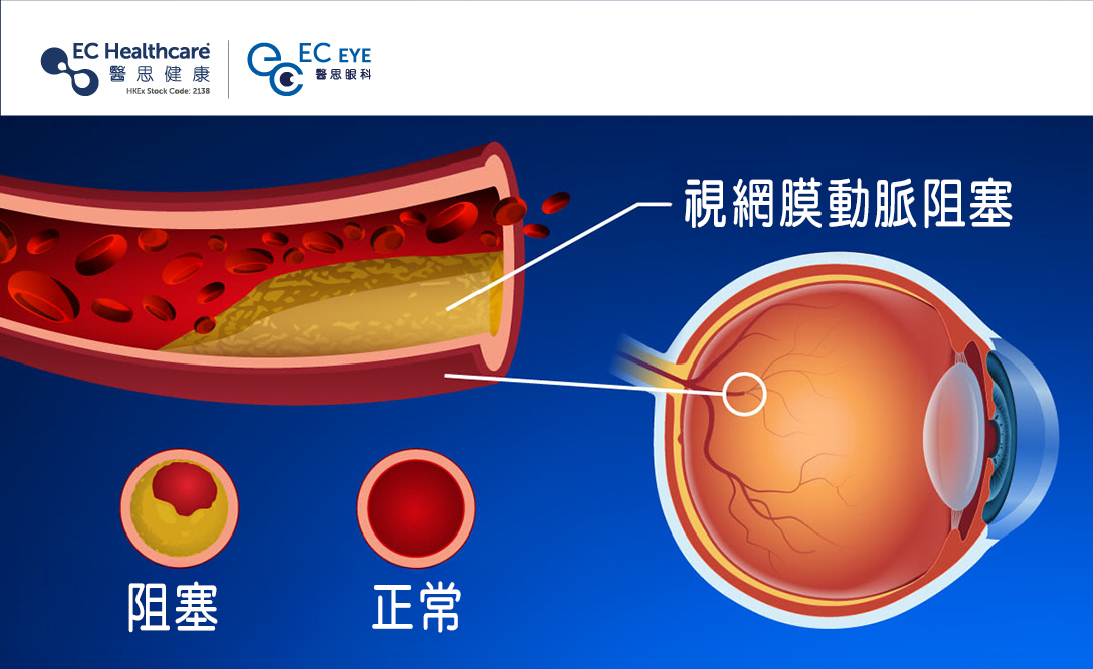Cataract Self-Test


Our eye’s lens, like finely-crafted lenses in a camera, works to project sharp images onto the retina. A cataract occurs when the natural lens in our eyes becomes cloudy and less transparent. It is one of the three leading causes of blindness in Hong Kong. When ageing causes cloudy patches to form on the patient’s lens, the patient will suffer from vision impairment that may permanently damage the vision and cause blindness in severe cases!
Cataract mainly affects seniors aged above 60. The lens of the eye degenerates naturally with age and becomes less transparent due to chemical changes in its proteins – this is the most common cause of cataracts. The condition may sometimes affect young patients, especially those with high myopia, diabetes or other hereditary diseases. Eye injuries, long-term use of steroids and prolonged exposure to ultraviolet light or infrared light can also trigger secondary cataracts.
Cataract patients experience blurry vision, see glares and double vision under the sun or strong light, and see faded colours. Some presbyopic patients may no longer need to use reading glasses as their myopia degree increases, but they may find distant objects blurry. When a cataract becomes mature, the lens is totally opacified. The patient will suffer from severe vision loss to a point that they can only see hand movements and perceive light. A hypermature cataract can trigger glaucoma and iritis, leading to red and swollen eyes, pain, sensitivity to light, and even headaches and vomiting.
An early-stage cataract causes little damage to the vision, therefore does not require medical attention. If it only causes a slight increase in myopia degree, changing the eyeglass prescription can correct the vision. But when the vision impairment interferes with work or daily life, patients can consider receiving cataract surgery and an intraocular lens implant even when the condition has not become mature.
Diagnosis of a cataract should be carried out by an ophthalmologist after a detailed examination. But you can still test yourself by checking whether you experience one or more of the following common cataract symptoms:
-Blurry vision
-Seeing glares
-Worsened vision at night
-Fading of colours
-Double or multiple vision in a single eye
-Changes in eyeglass prescription (myopia, astigmatism)
If you experience any of the above symptoms, keep track of your vision changes and consult an ophthalmologist as soon as possible for early examinations and treatment.
Related Brands










